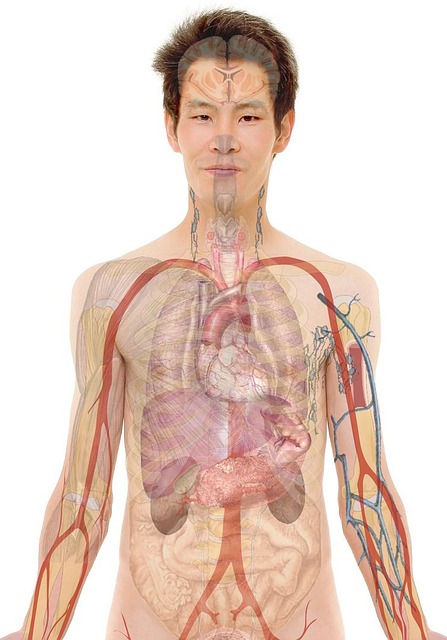Body contouring uses advanced technologies like radiofrequency, laser, and ultrasound for non-invasive fat reduction and collagen stimulation. This procedure offers precise results tailored to individual needs, improving body shape and skin tone without downtime. By combining focused electromagnetic energy with high-resolution imaging, modern body contouring provides effective, safe, and accessible options for achieving aesthetic goals.
“Unveil the art of advanced body sculpting—a transformative journey towards achieving your dream physique. This comprehensive guide explores the intricate world of body contouring, from understanding its underlying techniques to delving into the science behind it. We dissect non-invasive vs invasive procedures, recovery processes, and long-term maintenance. Whether you’re considering targeted areas or seeking customized treatments, this article equips you with insights to make informed decisions, ensuring optimal results.”
Understanding Body Contouring: Unveiling the Technique

Body contouring is a revolutionary technique in the realm of advanced body sculpting. This method employs a combination of specialized technologies and procedures to reshape and redefine curves, providing individuals with a more streamlined and aesthetically pleasing physique. The process involves carefully targeting specific areas of fat reduction while simultaneously stimulating collagen production for firmer, smoother skin.
Through non-invasive treatments, such as radiofrequency, laser, and ultrasound, body contouring offers an alternative solution to traditional surgical procedures. These technologies work in harmony to break down fat cells, promote lymphatic drainage, and enhance skin elasticity. The result is a noticeable improvement in body shape, reducing inches and centimeters from problem areas without any downtime or significant recovery period.
The Science Behind Advanced Body Sculpting

The science behind advanced body contouring techniques leverages a combination of technologies and methods to achieve precise and effective shaping. One key approach is using focused electromagnetic energy, such as radiofrequency and ultrasound, to target specific fat cells, breaking them down and facilitating their elimination by the body’s natural processes. This non-invasive procedure not only reduces stubborn fat deposits but also stimulates collagen production, leading to improved skin tone and elasticity.
Additionally, modern body contouring treatments incorporate advanced imaging technologies like high-resolution ultrasound and thermal imaging to precisely map the treatment area, ensuring optimal results. The data gathered from these images guides the delivery of energy, allowing for tailored and safe procedures. This multidisciplinary approach, blending technology with expertise, has transformed body sculpting into a highly effective and accessible option for achieving aesthetic goals.
Targeted Areas and Customized Treatments

Advanced Body Contouring offers targeted treatments for specific areas of concern. This personalized approach ensures that each client receives a unique plan tailored to their body’s needs. By focusing on problem zones such as the abdomen, thighs, buttocks, or arms, this technology allows for precise results. Customized treatments consider factors like skin type, elasticity, and individual goals, leading to a more effective and natural-looking transformation.
Non-Invasive vs Invasive Procedures: Weighing Risks and Benefits

When considering body contouring procedures, understanding the distinction between non-invasive and invasive techniques is paramount. Non-invasive methods, such as cooling technology or high-intensity focused ultrasound (HIFU), offer minimal to no recovery time and are generally safer with fewer side effects compared to invasive options like liposuction or abdominal surgery. However, their effectiveness may vary, sometimes requiring multiple treatments for optimal results. On the other hand, invasive procedures can provide more dramatic and immediate outcomes but carry higher risks including infection, bleeding, scarring, and potential nerve damage.
The choice between these approaches ultimately depends on individual goals, budget, and tolerance for risk. Consulting with a qualified healthcare provider is crucial to weigh the pros and cons of each option, ensuring the best decision is made based on personal circumstances and desired body contouring outcomes.
Recovery and Aftercare for Optimal Results

Exploring Body Contouring's Longevity and Maintenance

